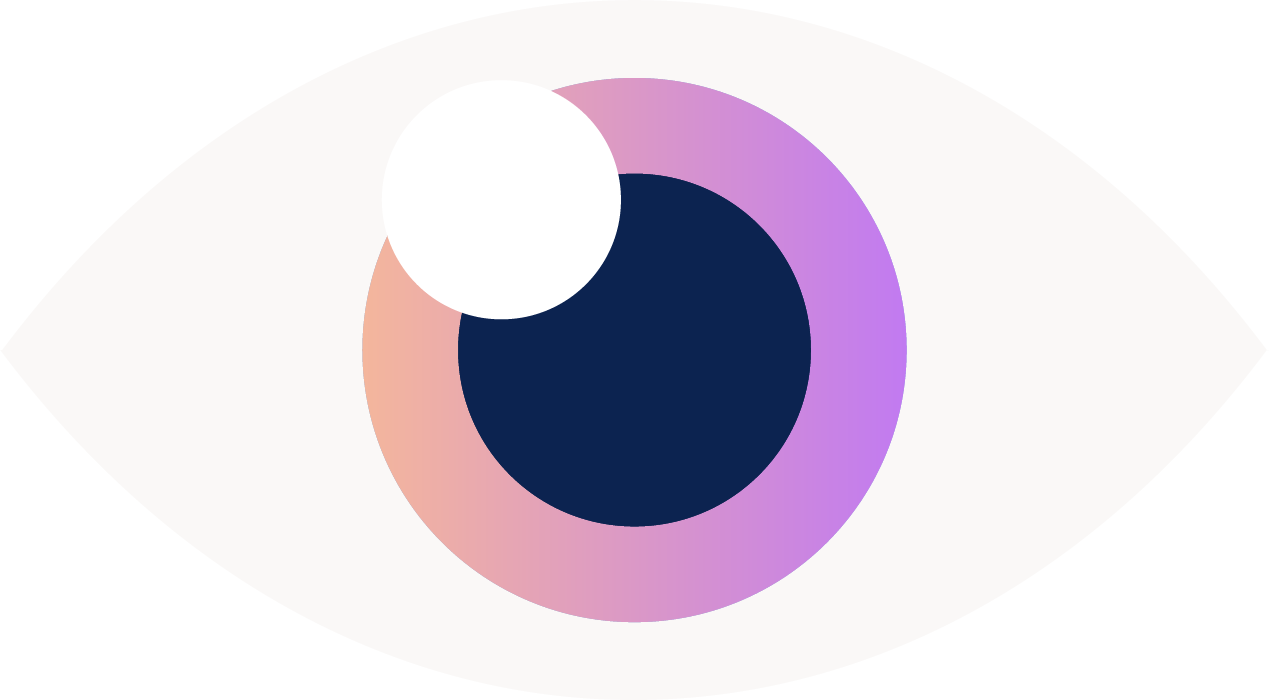Scleral Contact Lens
Today, we have a guest post by Dr. Jenifer Bossert, staff optometrist, and head of the Contact Lens Department at Honolulu Eye Clinic.Sometimes what is old becomes new again!It happens in fashion, music, and now, even in eyecare.After 125 years, Scleral Contact Lenses have reemerged as a treatment for certain eye problems.In 1888 (!), the first scleral contact lens (SCL) was made out of blown glass! It was very large, 18-20mm, and didn’t allow the eye to breathe so it wasn’t a very healthy. Over time, contact lenses developed from glass, to hard gas permeable, to the soft contact lenses that 89% of our CL wearers enjoy today. Due to the availability of super-oxygen permeable materials, SCLs are now used to treat a variety of corneal issues.SCLs are large. The average gas permeable (hard) lens is 9.5mm. The average soft contact lens is 14.0-14.5 mm. SCLs range from 14-22mm.Below is a picture of a scleral lens on the left and a regular rigid gas permeable lens on the right. Look at that size difference! SCLs are custom made lenses designed individually for each eye. Instead of resting on the super-sensitive cornea, they sit on the white part of the eye called the sclera. Unlike traditional gas permeable lenses, SCLs don’t move when you blink…so, they are very comfortable.
SCLs are custom made lenses designed individually for each eye. Instead of resting on the super-sensitive cornea, they sit on the white part of the eye called the sclera. Unlike traditional gas permeable lenses, SCLs don’t move when you blink…so, they are very comfortable. A unique characteristic of SCLs is that the portion of the lens that vaults over the entire cornea is filled with fluid that acts like a liquid bandage to help extremely dry or diseased corneas. This fluid reservoir also masks corneal irregularities and/or distortions; often, enabling a significant improvement in vision.Patients who have been told they can’t wear contact lenses may be able to wear a scleral lens. Who is a candidate for the SCLs? These lenses may be helpful for eyes than are unable to achieve good correction with glasses due to corneal irregularity, those who are contact lens intolerant, or those with significant dryness issues…such as:
A unique characteristic of SCLs is that the portion of the lens that vaults over the entire cornea is filled with fluid that acts like a liquid bandage to help extremely dry or diseased corneas. This fluid reservoir also masks corneal irregularities and/or distortions; often, enabling a significant improvement in vision.Patients who have been told they can’t wear contact lenses may be able to wear a scleral lens. Who is a candidate for the SCLs? These lenses may be helpful for eyes than are unable to achieve good correction with glasses due to corneal irregularity, those who are contact lens intolerant, or those with significant dryness issues…such as:
- Kerataconus patients
- Patients with Sjogren’s Syndrome
- Corneal transplant patients
- Severe dry eye patients
So you think you might be a candidate, what next? In order to begin, we need a current comprehensive eye examination, computerized corneal map, and a scleral contact lens trial fitting. This is a multi-visit, multi-week process. There are no SCL manufacturer’s inHawaiiso it’s not unusual for this process to take 8-12 weeks. And it may take more time to help you master how to apply and remove scleral contacts due to the larger size of the lenses. In our office, a scleral contact lens training usually takes about 1-2 hours for the first visit and then multiple visits afterwards.For these reasons, scleral contact lenses cost significantly more than standard contacts; in fact, it is not uncommon for scleral contacts to cost three or four times more. However, for patients who were previously unable to wear contact lenses at all, these lenses offer a great chance at improved vision.

